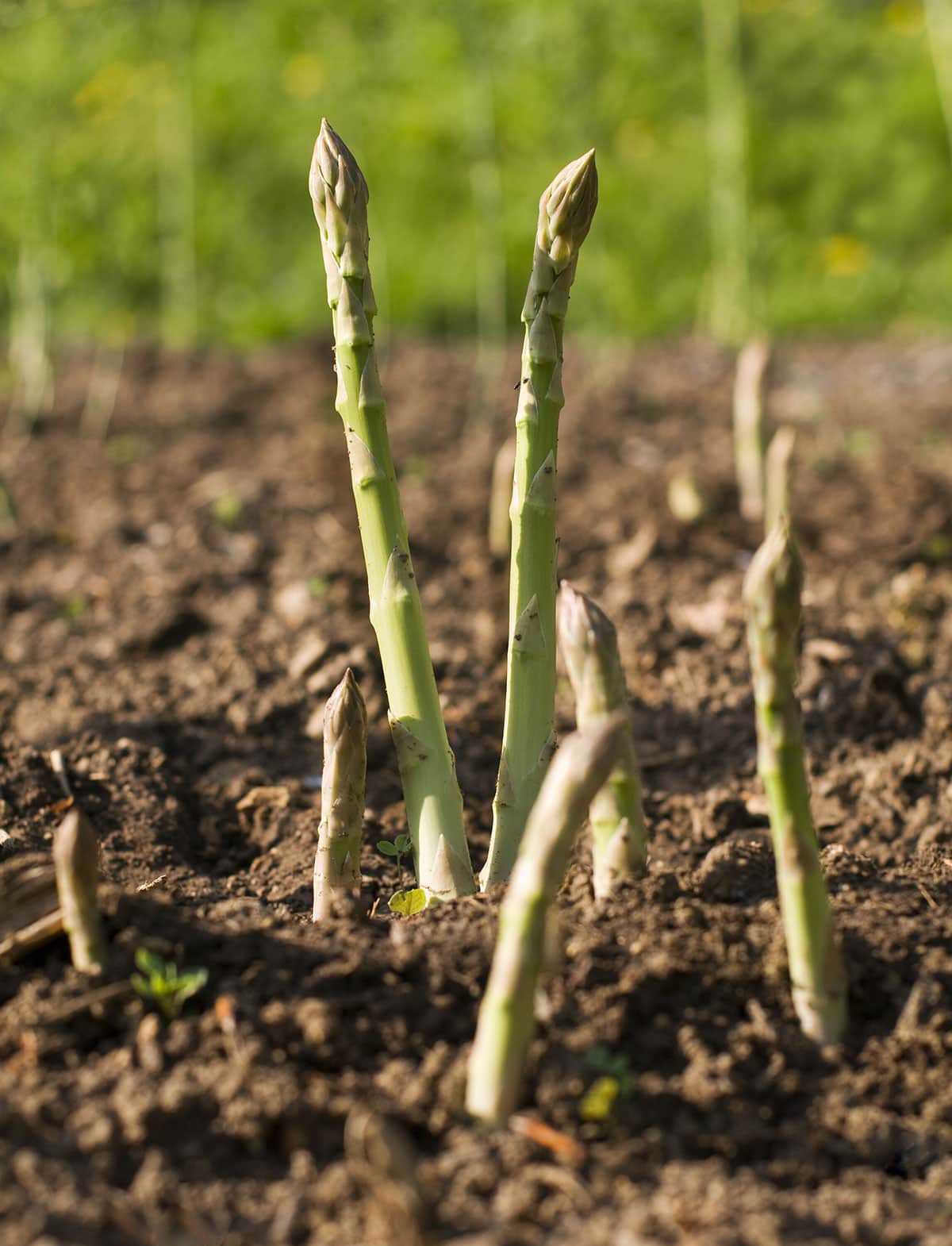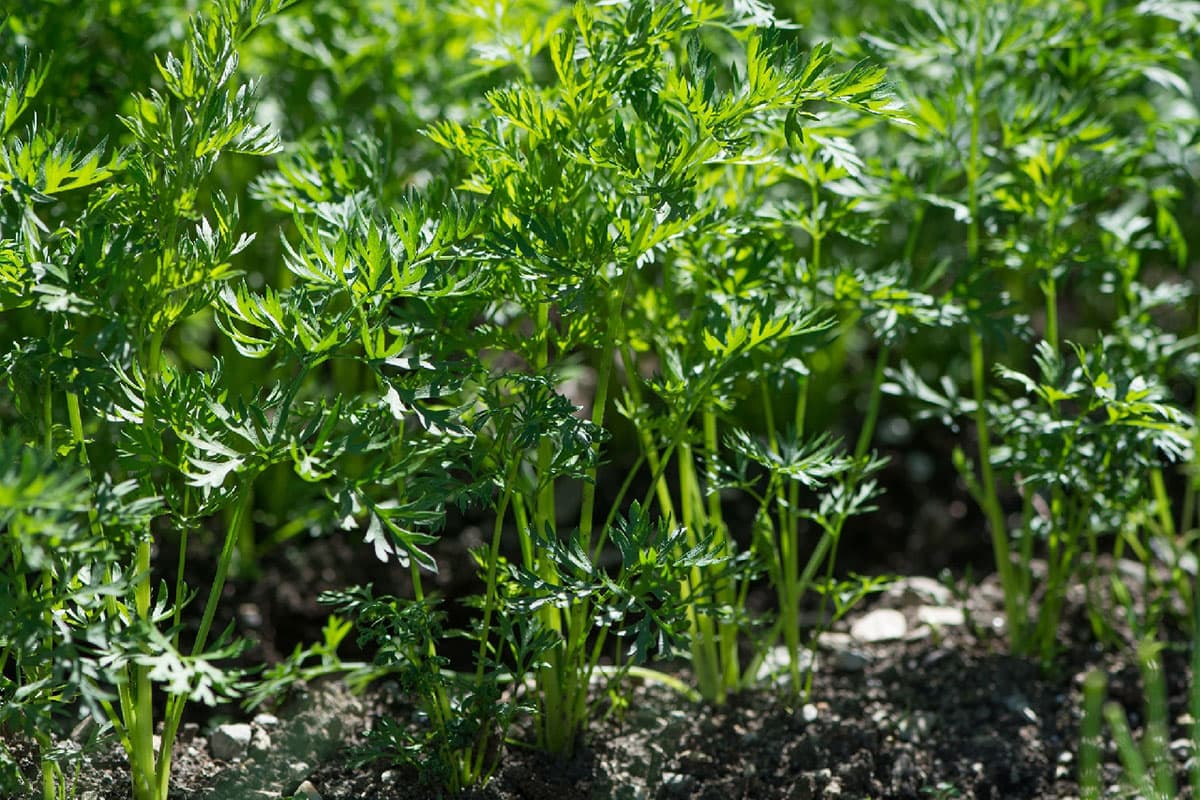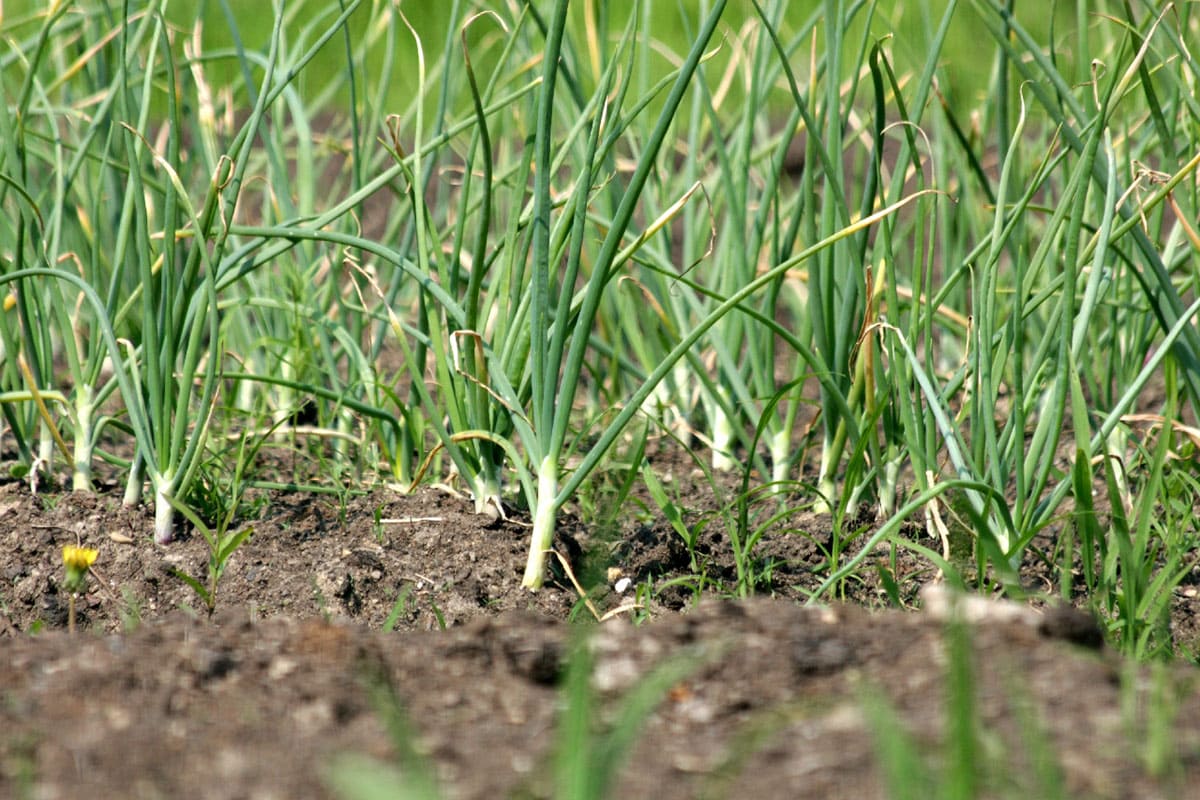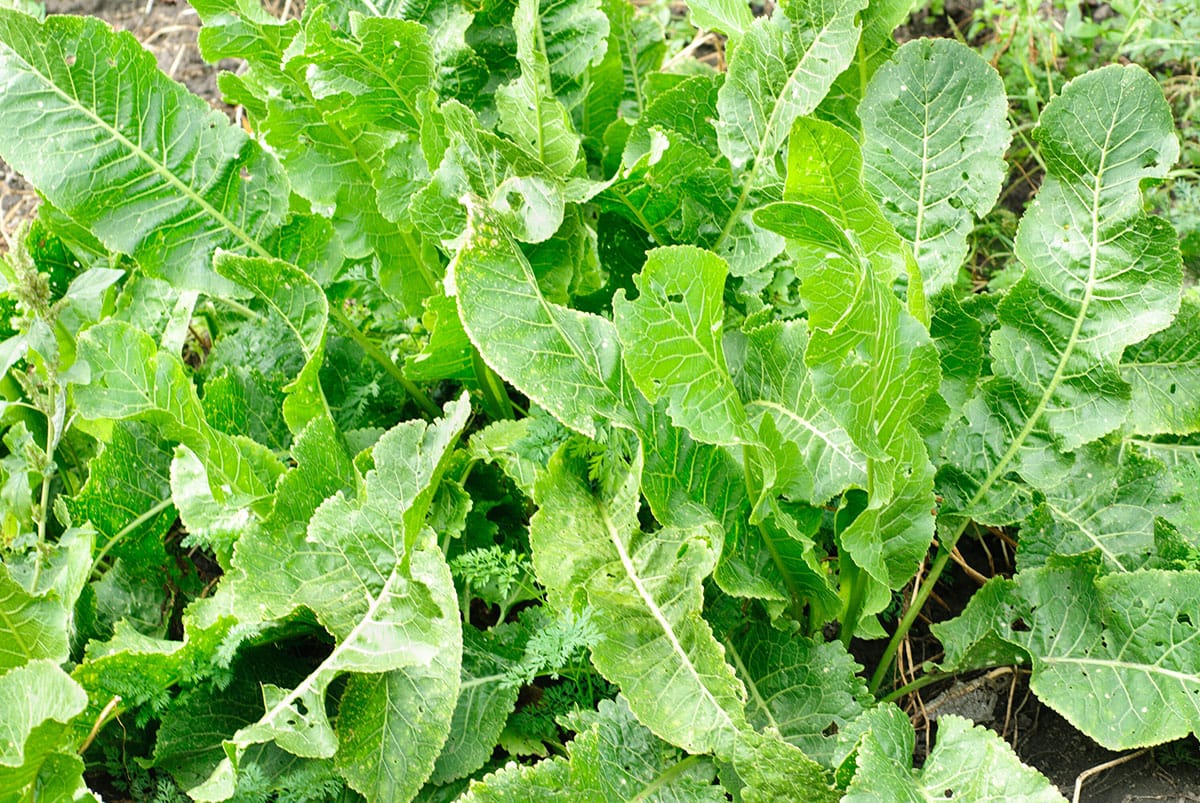18 Easiest Shade Vegetables to Grow
There are several plants that grow best in the full sun and vegetables are one of them. Most of our favorite vegetables are known to require up to six hours of sunshine. If you have a garden that is partially shaded, you may be wondering if it’s possible to grow vegetables in that area. The answer is yes! Below are 18 Easiest Shade Vegetables to Grow that enjoy being shaded from the scorching midday sun.
Sure, many vegetables need sunlight to produce at their best, but nature isn’t partial and caters to plants that love the shade as well. Those corners with drooping branches or tall plants that shade your garden can be utilized. Don’t just leave that space completely empty.
Even though these vegetables are shade-loving plants, they may need a few hours of sunlight throughout the day. It’s best to start by planting the vegetables in containers and giving them direct sunlight until a few weeks after the seedling has developed.
The leaves should be healthy to capture sunlight for creating energy. If the young plants are placed in the dark corner too early, it is likely that they will only yield to pests and diseases.
Also, see, 15 Best Shade Loving Plants, The Ultimate Guide To Companion Planting, and How To Grow Cauliflower.

1. Arugula
Arugula is a fast-growing cool-season crop. The leafy greens enjoy the partial shade as the growing season gets warmer. It has a musky odor and taste which many people love but others hate.
It has a peppery flavor with every bite and adds spices to both salads and soups. You may sow the seeds during the spring or fall. See Arugula Benefits.

2. Asparagus
Asparagus is a tall plant of the lily family. This perennial vegetable is planted and harvested for its spears that pop out when the soil becomes warm in the early parts of summer.
Even though this plant generally produces more with full sun, they thrive in partial shade. They need well-drained soil rich in compost. See Asparagus Recipes and Benefits Of Asparagus.

3. Beans
Beans are the type of vegetable that comes in a wide variety. There are approximately 400 types and they take very little effort to grow and tolerate full sun to partial shade.
They grow best in soil that is able to maintain moisture. So, layering your garden with compost before planting will help. See Top 5 Best Beans To Eat.

4. Beets
Beets are a cool-season crop that has a smooth and tender taste. They do surprisingly well in the partial shade although the roots will turn put a little smaller. The greens of beets can be added to soups and salads while the roots can be boiled, roasted, or pickled.
Many people enjoy using them to make juices. If space is limited in your garden use a deep flower pot and it will grow just fine. Just consistently water them, or the roots may become woody. See Are Beets Good For You?

5. Broccoli
Broccoli is a cool-season plant that will benefit from the partial shade as the growing season progresses. It grows quite slowly and will look amazing along the dark lines of your garden.
The edible flower buds can be eaten as is or used to make stir-fries and salads. See Health Benefits Of Broccoli and How To Grow Broccoli.

6. Brussels Sprout
Brussels sprouts take a long time to grow but it is fascinating to watch them develop. Many gardeners grow a short-season crop between their rows and you can too. Add a few bush beans so you can harvest them while waiting on the brussels sprouts to mature.
Soil that is rich in compost and well drained gives a plus to the quality turnout. It is a member of the cabbage family that grows really well in the cold season. After experiencing a little frost, the flavor tends to improve. See Brussel’s Sprouts Recipes.

7. Cauliflower
If you’ve planted broccoli then cauliflower should be on your to-do list. Cauliflower is grown and harvested for its densely packed head that comes in a wide range of colors. These include orange, purple, white, and green.
When grown in partial shade the head or curd will be less likely to become discolored, but they will emerge smaller. When preparing this vegetable don’t be afraid to get creative. See How To Grow Cauliflower Cauliflower Nutrition and Cauliflower Recipes.

8. Collard Greens
For those who love greens that can be cooked or sautéed, collard greens remain an excellent choice for your shaded garden.
They do need between four to five hours of sunshine to activate the full flavor of the vegetable. If you live in a colder time zone planting this green indoors with compost-filled soil can help to boost its production. See What Is Collard Greens and Collard Greens Recipes.

9. Cabbage
Cabbage is a cool-season vegetable with large circular crowns of leaves that neatly curl around each other. It is a great and healthy food that grows well in shady areas during the warm season.
Chefs and ordinary cooks often use this as their side dish or the main course for a hearty meal. When harvesting, ensure the heads feel firm and solid. See Cabbage Recipes

10. Carrots
Carrot is a root vegetable that produces a variety of colors that may be surprising to others who have only seen the orange ones. They can be black, purple, white and red.
The color of the vegetable is determined by how it is cultivated. That involves the amount of sun received, weather and soil conditions, time of the year, and how often it is watered.
The vegetable is packed with nutrients and can be boiled, steamed, and roasted.
See, Are Carrots Good For You? Also, see How To Grow Carrots, Cabbage Recipes.

11. Celery
Celery is a low-calorie vegetable that is often used to prepare healthy diet snacks. The long fibrous crunchy stalks and short leaves can flourish in the darker corners of your garden.
This is because excessive heat causes the stalks of celery to become hollow. Within 90 to 120 days, you’ll be harvesting them by cutting them at the soil level.
See How To Grow Celery and Celery Root White Bean Stew.

12. Garlic
Garlic is grown and harvested for the small white bulbs of the plant. Typically, it is used as an herb or spice but is classified as a vegetable. Unlike some greens, it is grown from cloves and not seeds.
Garlic grown in a partially shaded area produces cloves that are smaller but will still contain every ounce of flavor.
See How To Grow Garlic and Garlic Recipes.

13. Horseradish
Horseradish will develop in partial shade when the soil is rich in compost and well-drained. The roots hold a vigorous flavor described as both hot and spicy. It is a perennial but best grown as an annual due to the roots becoming tough and hairy in the second year.

14. Kale
This cabbage cousin, like other culinary greens, thrives in containers and appreciates chilly soils, making it an excellent choice for gloomy areas.
The leaves are slightly bitter and during the warm weather will become tougher and even more bitter. Kale is a fantastic fall crop since it is tolerant of light frost.
See, How To Grow Kale, Kale Health Benefits, and Kale Recipes.

15. Kohlrabi
Kohlrabi is a biennial that is typically grown as a cool-season annual. The vegetable grows in a ball above the ground with wavy leaves that appear from the swollen stem.
The stem can be either green, purple or white depending on the variety. To harvest it you’ll simply need to cut the bottom end at soil level within 55 days of planting. See Kohlrabi Stew and Kohlrabi Curry.

16. Mustard Greens
Mustard greens have a rich green color and large, wavy tasseled leaves with end long veins. The erect leaves are held by rough stems that, when completely mature, can be rather fibrous.
Smaller mustard greens are more tender, whereas larger mustard greens need to be cooked. Though it is quite fond of certain levels of the sun it can be grown in partial shade. See Healthiest Leafy Greens.

17. Spinach
Spinach is a leafy vegetable that produces dark green leaves that form into a spoon. It helps to make a mean salad with a taste that is earthy yet sweet and tangy.
If your garden is only partially shaded and occasionally streams a little morning sun, then this is a plant you should try. Healthy soil and partial shade will have you reaping spinach within 30 to 45 days.
See, How To Grow Spinach and Spinach Recipes.

18.Turnips
Turnips are a cool-season plant grown for not only the roots but also its greens. If the weather is too warm the roots will become like wood. Growing them in the partial shade makes the roots smaller but gives you more time while extending the harvest.
The greens will take 30 days to mature while turnip roots require up to 90 days to be fully developed. Cut the greens when they are 6 feet tall and the roots can be pulled or dug up after reaching a 3-inch diameter.
Also, See Are Turnips Good for You? and Turnip Recipes.
Conclusion
I hope this post was quite helpful. To try any of the vegetables listed above, identify the shady area in your garden and experiment with a small number of seeds or seedlings to determine which ones are more successful.
As you continue your gardening experience, you’ll be better able to identify the vegetables that grow the finest on your land.
If you enjoyed and would love to see more, join me on Youtube, Instagram, Facebook & Twitter!
Get discounted copies of my cookbook here.
Fortunately, because of the Ads on our website, readers and subscribers of Healthier Steps are sponsoring many underprivileged families.






